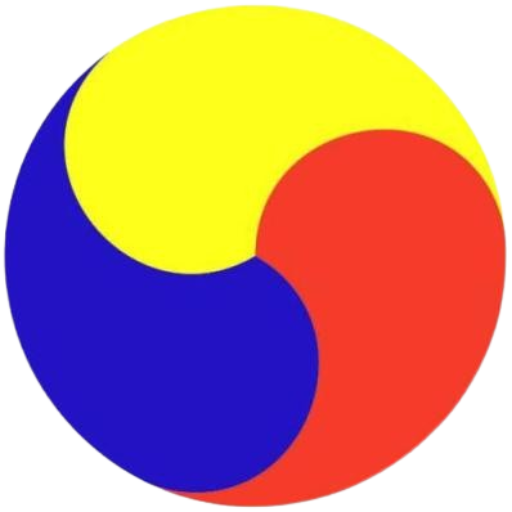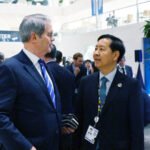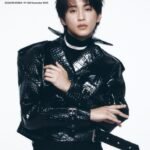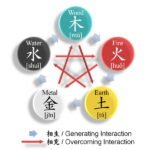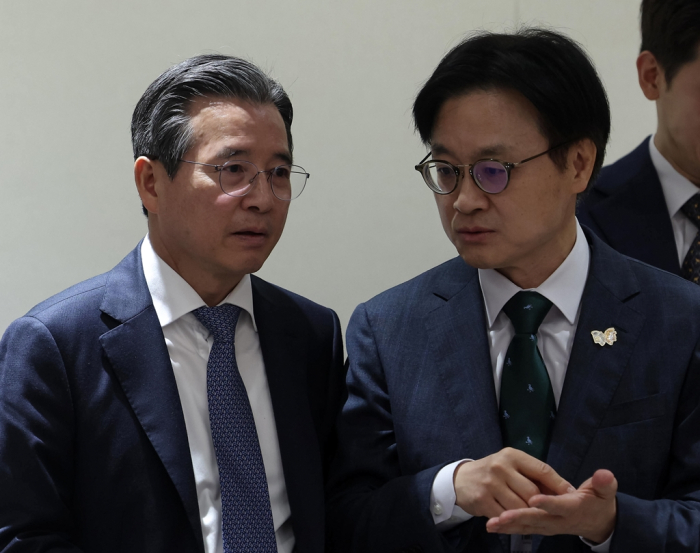
South Korea and the US are moving closer to an agreement on how to structure a Seoul-proposed $350 billion investment fund without unsettling Korea’s foreign-exchange market, with officials exploring a currency swap between the Bank of Korea and the US Treasury Department’s Exchange Stabilization Fund (ESF).
The latest development marks a shift from Seoul’s initial pursuit of an unlimited swap line with the US Federal Reserve, which has proven difficult to secure.
Instead, the BOK is now said to be studying a structure that would use the ESF, an instrument established in 1934 to stabilize the US dollar, as an alternative to the initially conceived BOK-Fed currency swap line, sources said.
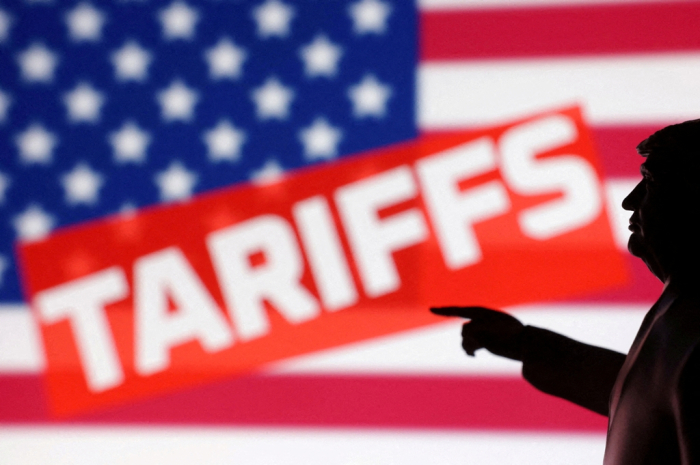
The Seoul-Washington talks apparently gained traction after US Treasury Secretary Scott Bessent said in a CNBC interview on Wednesday that “if I were the Fed chair, I would have already signed a swap line with Korea,” a remark seen by markets as a green light for a Treasury-led arrangement.
According to government sources in Seoul, the plan is designed to fund Korea’s planned $350 billion investment pool agreed between the two allies, while minimizing volatility in the won and preserving Korea’s foreign reserves.
SWAP VIA US TREASURY’S ESF
The ESF allows the Treasury, with the secretary’s approval, to enter into swap agreements directly with foreign central banks.
Earlier this month, the US Treasury used the same mechanism to conclude a $20 billion swap line with Argentina – a model that Korean policymakers are said to be referencing closely.
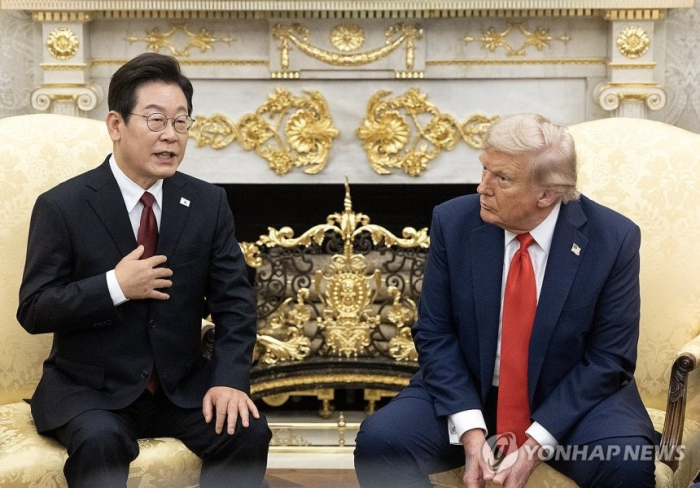
While the ESF’s total assets stood at roughly $221 billion as of August, officials acknowledge that the fund cannot be the sole source of liquidity.
“The ESF can act as an anchor, but we will need to combine it with other instruments,” said a senior Seoul official briefed on the discussions.
ALTERNATIVE FUNDING OPTIONS
Seoul is simultaneously examining the use of a global syndicated loan, backed by a special-purpose vehicle (SPV) jointly established by the Korean government and state-run lenders.
Under that plan, the SPV would issue subordinated notes or equity tranches to enhance creditworthiness and borrow senior debt from global investment banks, possibly with partial guarantees from Washington to reduce borrowing costs, sources said.
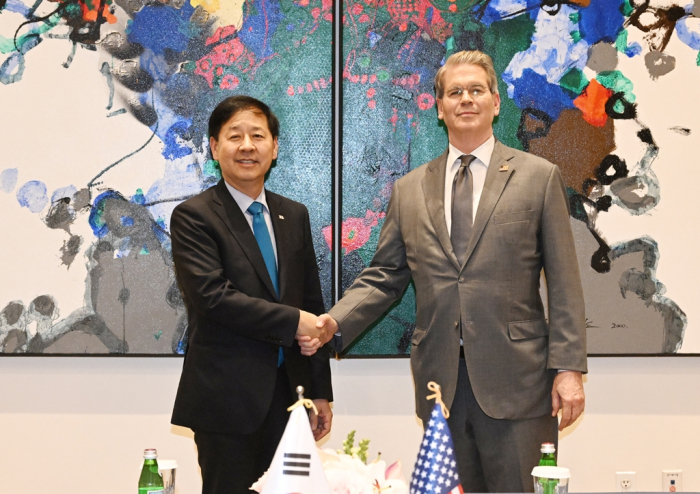
Another option under review is the Fed’s FIMA Repo Facility, introduced in 2021 with a $60 billion cap for the BOK.
The mechanism allows the BOK to pledge its holdings of US Treasuries as collateral in exchange for short-term dollar liquidity, effectively providing dollar funding without liquidating reserves.
Though the facility was designed for crisis use, it has never been activated.
A senior BOK official cautioned, however, that using the FIMA line “may look market-neutral but is, in substance, not very different from drawing down reserves.”
CONCLUSION POSSIBLE ‘WITHIN 10 DAYS’
The final contours of the financing framework are expected to be discussed this week in Washington.
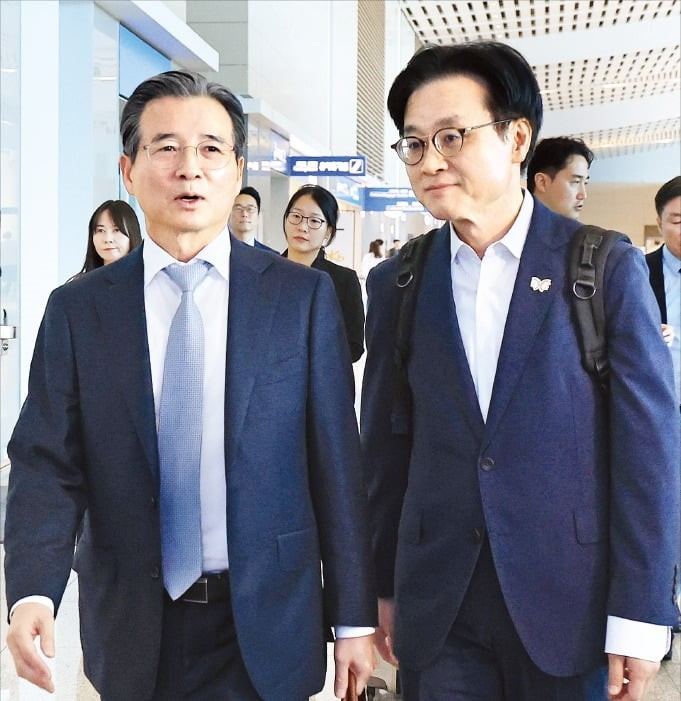
Korea’s top economic and trade officials, including Chief Presidential Policy Officer Kim Yong-beom, Industry and Trade Minister Kim Jung-kwan, and Finance Minister Koo Yoon-cheol, are in Washington to narrow remaining differences with the US over a contentious tariff and investment package.
The economic team is seeking to finalize legal wording ahead of the APEC summit to be held in Korea’s historic city of Gyeongju later this month.
Speaking before leaving for Washington, Kim Yong-beom said the two sides are in “very close communication” and that he’s “optimistic about reaching a deal.”
Secretary Bessent also told reporters that negotiations could conclude “within 10 days.”
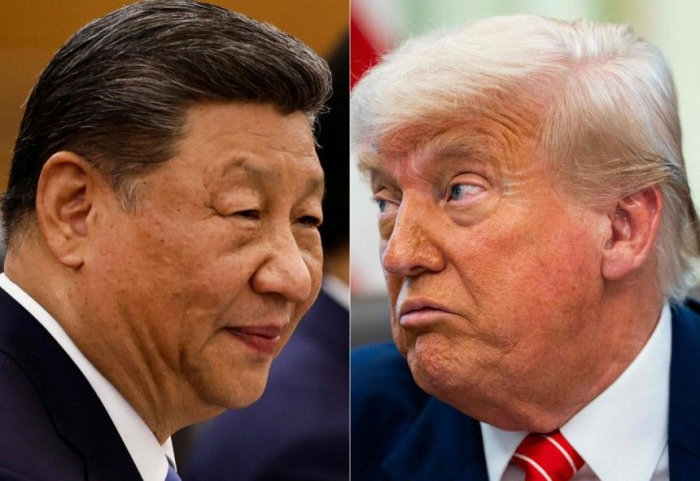
TRUMP TO ARRIVE IN SEOUL ON OCT. 29
Separately, Korea’s national security adviser Wi Sung-lac said on Thursday that US President Donald Trump is expected to visit Seoul from Oct. 29 to 30 for the APEC summit.
A bilateral summit between Trump and Korean President Lee Jae Myung is likely to take place during the visit, though details have yet to be finalized.
Wi said that there are “no indications” of a potential meeting between Trump and North Korean leader Kim Jong Un as of now, while a summit between Trump and Chinese leader Xi Jinping could occur during Trump’s stay in Korea, although it remains uncertain.
By Ik-Hwan Kim, Jin-gyu Kang and Yeong-Hyo Jeong
lovepen@hankyung.com
In-Soo Nam edited this article.
